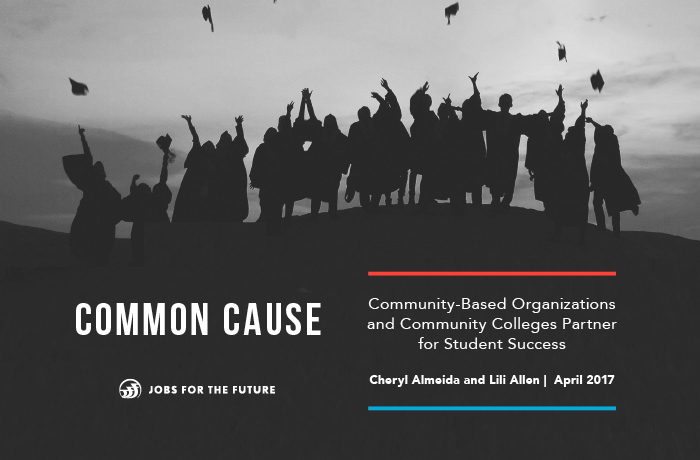Jobs for the Future
Having absorbed the message that college is no longer optional, many high school students today make plans to attend a local community college the fall after getting a diploma. Unfortunately, a sizable percentage of them, especially low-income students—many of whom are coming from underperforming high schools or have struggled to complete high school—encounter myriad obstacles that derail their plans and further undermine their belief in themselves as ‘“college material.” These obstacles include the lack of adequate preparation to succeed at college-level work or to negotiate the system; the difficulty of finding a trusted campus advisor to consult about family or personal issues that may make it difficult to continue; the need to earn income and the difficulty of scheduling classes around work schedules; and the unexpected expenses of transportation, books, and other fees.
In short, a complex set of issues arising from economic, educational, personal, and/or life circumstances is contributing to low completion rates in community colleges, especially among low-income students who test into remedial, noncredit-bearing coursework. In recent years, reformers have called for change in developmental education, and some community colleges have already begun to make improvements. However, while instituting more accelerated ways to remediate skill gaps is critical to improving community college outcomes, this approach alone does not address the contextual factors outside as well as inside the institution that impede progress to a credential; nor does it sufficiently affect the mindset of the young people themselves, whose prior struggles with education leave them feeling discouraged about the prospect of achieving a credential or degree.






